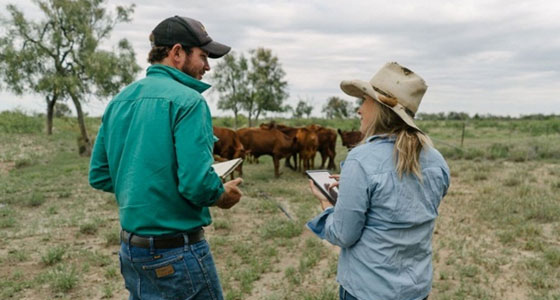Last week, the Commonwealth Department of Agriculture released the revised rates for the Biosecurity Protection Levy (BPL), transitioning from a 10% flat rate system to one based on the Gross Value of Production (GVP) for each agricultural sector. This adjustment means that the Australian Government aims to collect $51.8 million through the BPL, which is slated to take effect on 1 July.
Under this new regime, the grains sector will bear the largest burden, contributing $12.2 million, which represents 23.6% of its GVP. Close behind are the beef sector, which will pay $9.3 million (18% GVP), and milk producers, set to contribute $3.1 million (5.9% GVP). Additional sectors, including sheep and lamb, chicken meat, and vegetables (including nursery products), will also face substantial levies.
The announcement of these changes has sparked frustration and discontent within the agricultural community, as there was once again no consultation with the industry before the unveiling of these significant financial burdens on the sector. The VFF continues to strongly oppose this arbitrary tax on farmers, emphasising that farmers are already under economic pressure and contribute sufficiently to biosecurity measures.
Currently, there is no clear guidance on how the BPL will be recalculated annually, or if the review of the legislation’s operation, scheduled three years after implementation as announced by Minister Watt in February, will indeed take place.
For a detailed breakdown of the levy rates for each sector, visit this link.
